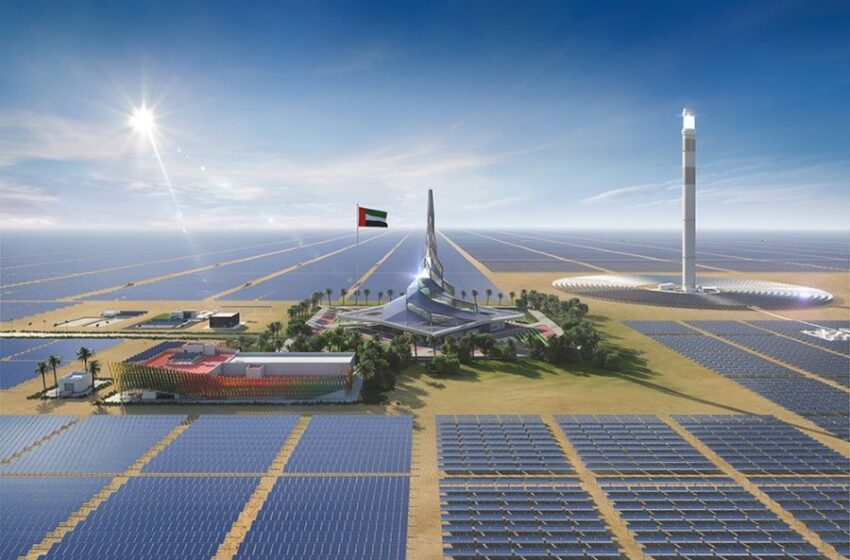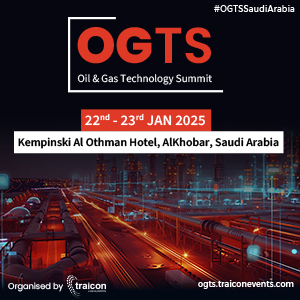
UAE Leads MENA in Renewable Energy Production
The UAE, which was the first country to sign the Paris Agreement to adopt net zero emissions target, has been leading the Middle East and North Africa (MENA) region and has 6.2 GW of installed capacity surpassing Egypt’s 4.6 GW and Saudi Arabia’s 4.5 GW at the end of 2024.
The UAE has 3.5 GW of renewable energy under construction, including 3.4 GW of solar PV, 200 MW of concentrated solar power (CSP), and 140 MW of onshore wind. The UAE Wind Program has already installed 103 MW across four sites, with further expansion underway.
According to report by Dii Desert Energy, the Its target for renewables deployment is 30% of the installed capacity by 2030 as future developments in the Emirates’ renewable energy sector are expected to increase the PV installed capacity by an additional 1.5 GW.
In fact, the UAE hosts the largest single-site solar park in the world, the Mohammed bin Rashid Al Maktoum Solar Park, projected to have a remarkable production capacity of 5 GW by 2025, the report said.
The sixth phase of the project, which is currently under construction, is set to add 1.8 GW to the grid, up from around 2.8 GW currently. Additional projects, such as Al Ajban and Khazna, will each contribute 1.5 GW to the national grid.
The report also said that the UAE has the four operational energy storage projects, the largest in the region, two under development and one in the construction phase. The Emirates Water and Electricity Company’s 648 MWh project, which became operational in 2015, was the first in the region.
The Noor Energy 1 TESS, which is part of the fourth phase of the Mohammed Bin Rashid Al Maktoum Solar Park, has a capacity of 5.9k MWh and is the largest thermal energy storage plant in the world. Recent technological advancements have made it possible for UAE to start developing wind projects, despite low wind speeds, the report said.
Wind Programme
The UAE Wind programme, which was launched in 2023 has successfully installed 103 MW across four sites in the country and set to be expanded further in the next years. On the private side, the D33 Solar PV Initiative by DEWA, in force since January 2024, overcomes the 1 MW cap introduced for Shams Dubai.
The D33 initiative allows industrial sectors to install captive solar systems up to their total connected load, fostering energy independence and cost reduction while contributing to a cleaner energy mix, the report noted.
The UAE wants to position itself as a major producer of low-emissions hydrogen by 2031 by developing supply chains, establishing hydrogen oases and creating research centres for hydrogen technologies.
The National Hydrogen Strategy 2050 sets a target of 1.4 million tonnes per annum (MTPA) by 2031, of which 1 MTPA from green hydrogen and 0.4 MTPA from blue hydrogen.
Hydrogen Sector
The UAE has made several agreements in the green hydrogen sector and several projects are currently under development. Two pilot projects are currently operational in the country.
The Green Hydrogen project launched in 2021 by DEWA in collaboration with Expo 2020 Dubai and Siemens Energy, was the first of a kind to use solar power for hydrogen production.
In October 2024, Masdar and EMSTEEL announced the start of operations of a pilot project demonstrating the use of green hydrogen to extract iron from iron ore, which is then used in the production of green steel.












